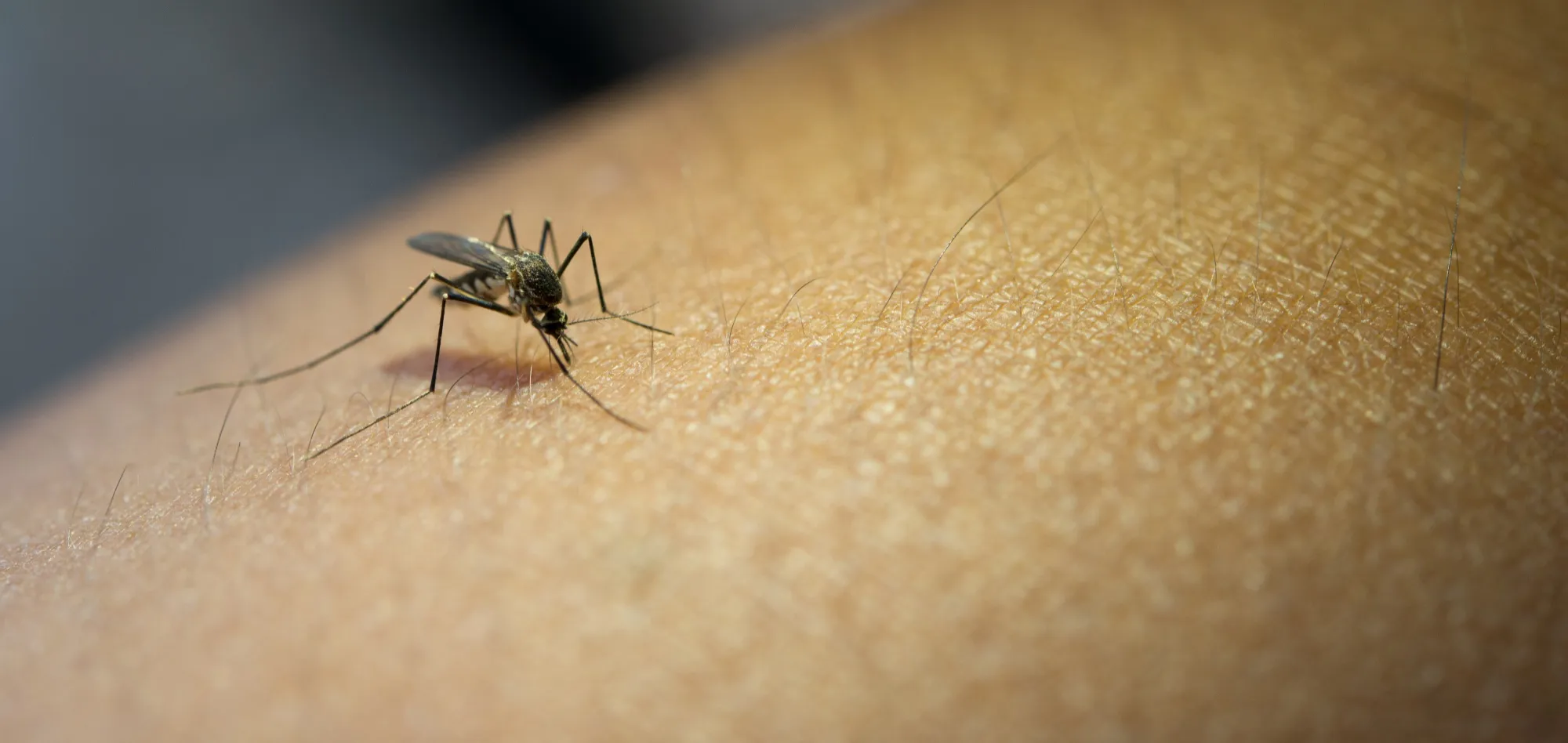Introduction
Dengue virus (DENV) and Japanese encephalitis virus (JEV) are significant global public health concerns. As members of the Flaviviridae family, these arthropod-borne viruses pose risks of widespread pandemics and are associated with high morbidity and mortality rates, particularly in tropical and subtropical regions. Current treatments are primarily supportive, with no specific antiviral drugs available for either DENV or JEV. However, a groundbreaking study published in Antimicrobial Agents and Chemotherapy in July 2019 may pave the way for the development of targeted therapies against these formidable pathogens.
Specific Discovery
Scientists led by Keivan Zandi from the University of Malaya, alongside a team from Emory University School of Medicine and collaborators from other institutes, have identified nucleoside analogs exhibiting selective antiviral activity against DENV and JEV. This article explores the significance of their discovery and its potential implications for future therapeutic strategies.
DENV infects millions annually, leading to Dengue fever with severe forms such as Dengue hemorrhagic fever (DHF) and Dengue shock syndrome (DSS). Similarly, JEV causes Japanese encephalitis (JE), a leading cause of viral encephalitis in Asia. The quest for effective therapies has been wrought with challenges, such as antibody-dependent enhancement (ADE) phenomena associated with DENV vaccines and limited efficacy of available treatments.
In their study titled “Nucleoside Analogs with Selective Antiviral Activity against Dengue Fever and Japanese Encephalitis Viruses,” Zandi and colleagues (2020) screened various nucleoside analogs for their antiviral activity. The team employed preclinical models, including Vero cells and murine systems, to assess the inhibitory effects of these compounds on viral replication.
To understand the molecular basis of the antiviral action, the study focused on the RNA-dependent RNA polymerase (RdRp), an essential enzyme in the lifecycle of RNA viruses like DENV and JEV. This enzyme is responsible for copying the viral RNA genome, making it an attractive target for antiviral drug development.
The nucleoside analogs evaluated showed promise in inhibiting RdRp activity, thereby curtailing the replication of DENV and JEV. Interestingly, they exhibited selectivity for viral RdRp over host polymerases, reducing the potential for off-target effects and toxicity.
Given the urgent need for effective antivirals, the selective inhibition of viral replication by these nucleoside analogs represents a landmark finding in Flavivirus research. By targeting a conserved component of the viral replication machinery, these compounds hold the potential for broad-spectrum activity against other flaviviruses as well.
Implications for Antiviral Therapy
The discovery of nucleoside analogs effective against DENV and JEV is a crucial step toward developing targeted antiviral therapies. These findings also highlight the potential for a more effective, safe, and specific approach to managing diseases caused by these viruses.
Current management strategies for DENV and JEV primarily involve vector control and supportive care, which are insufficient to curb the impact of these diseases. Vaccination efforts for DENV have been complicated by the ADE phenomenon, where pre-existing antibodies may enhance viral entry into host cells, leading to more severe disease upon subsequent infections.
By developing antiviral drugs focused on viral RdRp, the risk of ADE may be sidestepped, offering a more direct route to controlling viral replication. Moreover, the availability of an antiviral therapy would be particularly beneficial in regions where vaccines are not readily accessible or in populations where vaccination is contraindicated.
Future Research and Development
While the study by Zandi et al. represents a significant milestone, further research is needed to optimize these nucleoside analogs for clinical use. Key areas of focus should include their pharmacokinetic profiles, safety, efficacy in advanced animal models, and the potential for resistance development.
Combination therapies may also be explored, using nucleoside analogs in tandem with other antiviral agents or immune modulators to enhance efficacy and minimize the likelihood of resistance. Additionally, understanding the detailed interaction between these compounds and viral RdRp could lead to the rational design of improved analogs with enhanced potency and specificity.
Conclusion
The discovery of nucleoside analogs with selective antiviral activity against DENV and JEV by Zandi and colleagues might herald a new era in the fight against these challenging viral diseases. As researchers build upon this work, the path to effective therapies becomes both clearer and more achievable. With the potential to save millions of lives, the significance of this advancement cannot be overstated.
Keywords
1. Dengue Virus Antiviral Therapy
2. Japanese Encephalitis Virus Treatment
3. Flavivirus Nucleoside Analogs
4. RNA-dependent RNA Polymerase Inhibitor
5. Selective Antiviral Compounds
References:
1. Zandi, K., et al. (2020). Nucleoside Analogs with Selective Antiviral Activity against Dengue Fever and Japanese Encephalitis Viruses. Antimicrobial Agents and Chemotherapy, 63(7), e00397-19. DOI: 10.1128/AAC.00397-19
2. Guzman, M.G., et al. (2010). Dengue: a continuing global threat. Nature Reviews Microbiology, 8(12 Suppl), S7-16. DOI: 10.1038/nrmicro2460
3. Wang, H., & Liang, G. (2015). Epidemiology of Japanese encephalitis: past, present, and future prospects. Therapeutic Clinical Risk Management, 11, 435. DOI: 10.2147/TCRM.S51168
4. Costa, V.V., et al. (2012). A model of DENV-3 infection that recapitulates severe disease and highlights the importance of IFN-γ in host resistance to infection. PLoS Neglected Tropical Diseases, 6(5), e1663. DOI: 10.1371/journal.pntd.0001663
5. Lu, G., & Gong, P. (2013). Crystal structure of the full-length Japanese encephalitis virus NS5 reveals a conserved methyltransferase-polymerase interface. PLoS Pathogens, 9(8), e1003549. DOI: 10.1371/journal.ppat.1003549
